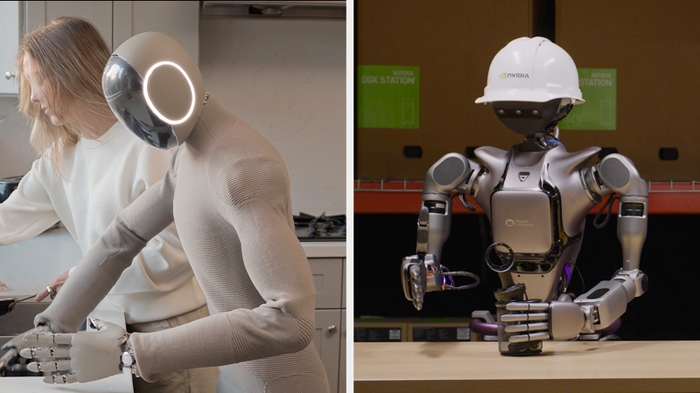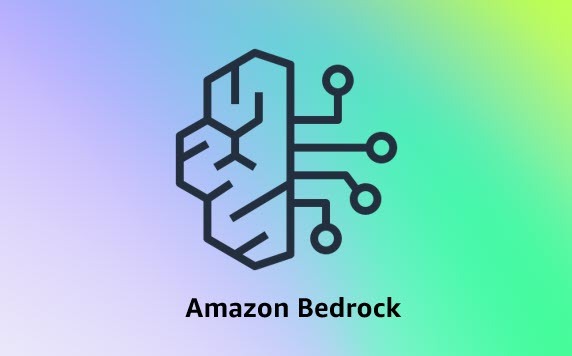Cloud Mastery: Unleashing Foundational Models for Green Tech Innovation through Smart Infrastructure
In today's rapidly evolving technological landscape, the convergence of cloud computing and sustainable technology is reshaping how we approach environmental challenges. The integration of foundational models with green technology initiatives represents a significant leap forward in our quest for sustainable innovation.
The Evolution of Cloud-Powered Sustainability
The cloud computing landscape has undergone remarkable transformation, particularly in its application to environmental solutions. As of 2025, major cloud providers have made unprecedented strides in developing eco-friendly infrastructure that supports complex AI workloads while minimizing environmental impact.

Foundational Models: The Backbone of Green Innovation
Foundational models have emerged as powerful tools in driving sustainable technology solutions. These sophisticated AI systems are now being deployed across various environmental applications:
Smart Grid Optimization: Advanced AI models are revolutionizing energy distribution systems, enabling real-time load balancing and reducing energy waste.
Sustainable Infrastructure Design: Cloud-based foundational models are helping architects and engineers design energy-efficient buildings and infrastructure.
Environmental Monitoring: AI-powered systems provide unprecedented capabilities in tracking and analyzing environmental data for better decision-making.
Smart Infrastructure Integration
The integration of smart infrastructure with cloud-based foundational models has created a new paradigm in sustainable development. Key developments include:
- Intelligent Resource Management: Cloud-powered systems optimize resource allocation in real-time
- Predictive Maintenance: AI models predict and prevent equipment failures, reducing waste and energy consumption
- Automated Sustainability Reporting: Advanced analytics provide detailed environmental impact assessments

The Role of Data Centers in Green Computing
Recent developments in data center sustainability have become crucial in the green tech revolution. According to Deloitte's 2025 predictions, hyperscalers and cloud providers are maintaining high capital expenditure to ensure sustainable operations while managing increasing AI workloads.
Emerging Trends and Technologies
Several key trends are shaping the future of green tech innovation:
- Quantum-Inspired Optimization: New algorithms inspired by quantum computing principles are enhancing energy efficiency
- Edge Computing Integration: Distributed computing reduces data center load and energy consumption
- Carbon-Aware Computing: AI models that automatically adjust workloads based on carbon intensity
Implementation Strategies
To effectively leverage foundational models for green tech innovation:
- Start with Assessment: Evaluate current infrastructure and identify areas for improvement
- Gradual Integration: Implement changes in phases to ensure stability and measure impact
- Continuous Monitoring: Use AI-powered analytics to track environmental impact and optimize performance
- Stakeholder Engagement: Ensure all parties understand and support sustainability goals
Future Perspectives
The future of green tech innovation looks promising, with several developments on the horizon:
- Enhanced Model Efficiency: More powerful yet energy-efficient AI models
- Improved Carbon Tracking: Better tools for measuring and reducing carbon footprint
- Advanced Integration: Seamless combination of various sustainable technologies
Challenges and Solutions
While implementing these technologies, organizations may face various challenges:
- Technical Complexity: Solved through comprehensive training and support
- Resource Requirements: Addressed through scalable cloud solutions
- Integration Issues: Overcome with proper planning and expertise
Impact on Business and Environment
The implementation of these technologies offers significant benefits:
- Reduced operational costs
- Improved environmental performance
- Enhanced competitive advantage
- Better regulatory compliance
Best Practices for Implementation
To maximize the benefits of cloud-based green tech solutions:
- Develop a Clear Strategy: Create a detailed roadmap for implementation
- Focus on Training: Ensure team members are well-versed in new technologies
- Monitor and Adjust: Regularly assess performance and make necessary adjustments
- Stay Updated: Keep abreast of latest developments and updates
Ready to embark on your journey toward sustainable innovation? Explore our comprehensive courses and resources at 01TEK to master the integration of cloud computing and green technology. Join us in building a more sustainable future through technology.
Sources: [1]: NVIDIA's Latest Innovations [2]: Deloitte Insights on Data Center Sustainability [3]: Amazon's New Foundation Models [4]: McKinsey Technology Trends [5]: Google Sustainability Initiatives
Formal education will make you a living; self-education will make you a fortune.
Jim Rohn, author and speaker




